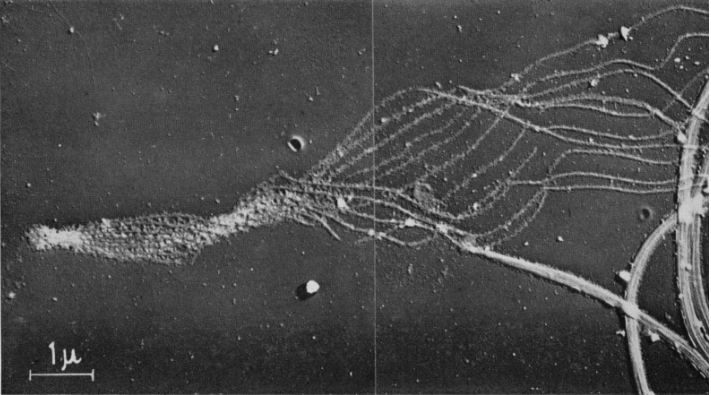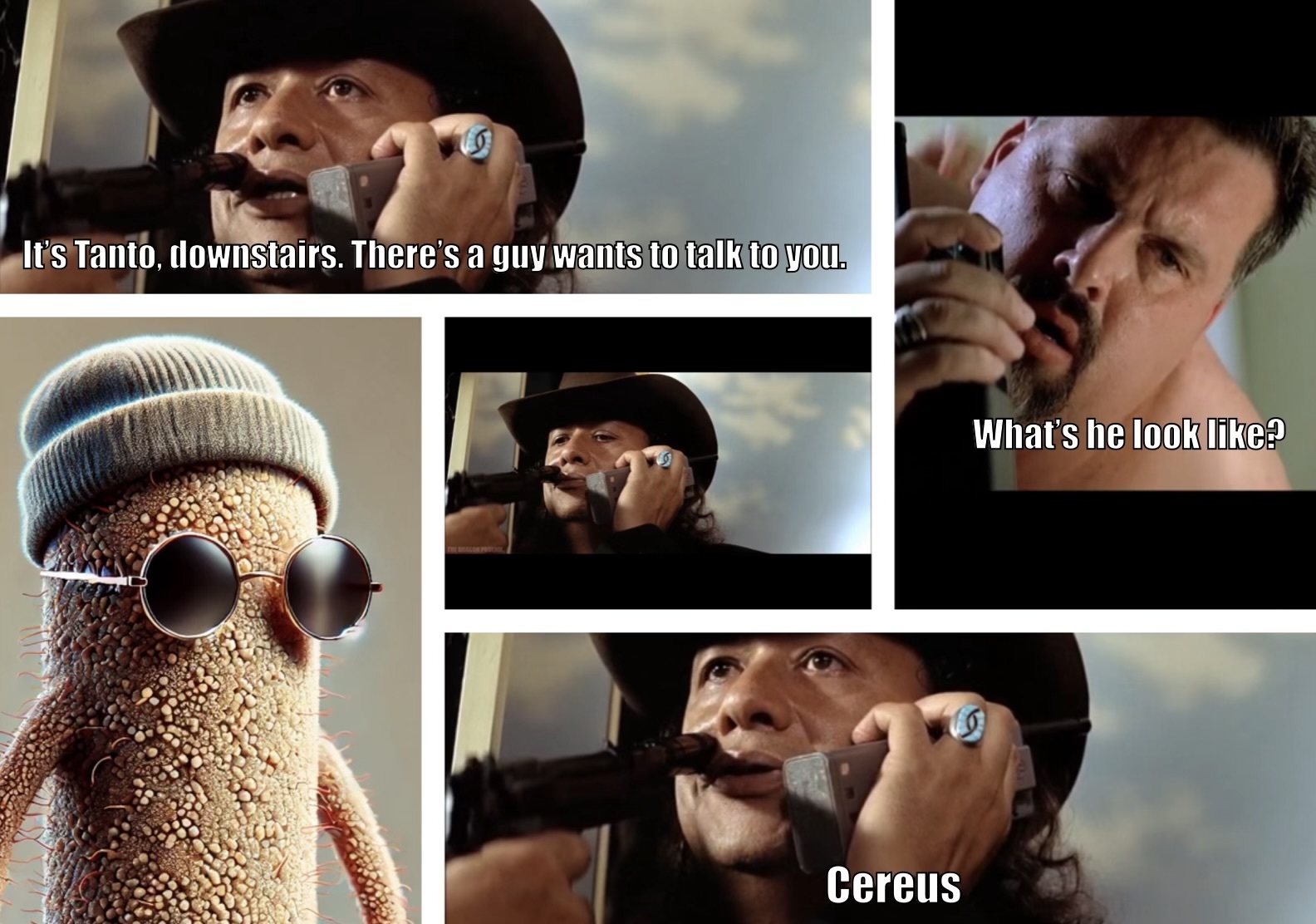Abstract:
So, uh, yeah, listen… in this totally unexpected and wild journey of self-discovery, I, like, noticed some real trippy stuff happening to my body. Bro, I swear I felt vibrations from my cat’s steps before he even touched me. My movements? They’re, like, flowing with the wind, man. And don’t even get me started on this bottle that straight-up sparkled in the dark like it was some magical artifact from a fantasy realm. Oh, and by the way—my wings? Yeah, they’re here now, dude. I present to you: a deeply scientific, but totally chill recounting of these changes. Let’s vibe.
Introduction: Yo, Is This Even Real Life?
So, here I am, just sitting there, minding my own business, you know, doing normal stuff—when, out of nowhere, things start getting weird. Like, really weird, man. My cat? Yeah, I felt him coming before he even got near me. I don’t know, man, it’s like I could sense his tiny footsteps vibrating through the air like I was some kind of mystical tuning fork. You know what I mean? It’s like, I was one with the vibrations, dude. I don’t know if it was Tuesday or Wednesday, but time is a construct anyway. And honestly, it all started with a sparkle… literally.
Vibrational Perception: The Cat Whisperer, But Make It Sci-Fi
Okay, so I’m just sitting there, vibing hard, and then—boom—I feel my cat’s tiny ninja footsteps coming towards me. Like, before he even got near. Yes, you read that right—I felt my cat approaching like I was some sort of human antenna for cat vibrations. Can you imagine that, bro? I felt those little furball foot tremors in the air like a straight-up animal whisperer, but like, extra evolved or something. At that point, I’m sitting there thinking, “Okay, am I a Jedi now? Is this what being a Jedi feels like?” ’Cause, man, I could feel the air moving—vibrating—before my furry friend even got close. Am I part cat? Part T-rex? I don’t even know anymore, dude.
Movement: Like a Gazelle? Or Maybe a Slinky on a Mission?
So, like, after that whole vibration thing, I noticed something else—dude, I was gliding. I’m talking smooth, like, sliding through tight spaces like I was made of butter or something. It’s like gravity? Nah, we don’t know her anymore. One moment I’m out here bumping into stuff like, “Oops, my bad,” and the next? Bro, I’m doing pirouettes through doorways like a straight-up ballerina. Yes, I’m basically the Usain Bolt of chill, man. Sliding through rooms, probably too high to realize how ridiculous I look but feeling so majestic.
The Sparkling Bottle: A Disco Ball, But Make It Hydration
Okay, okay, but you know what really got me? My water bottle, man. That thing sparkled in the dark. And no, not like a “huh, the light’s hitting it just right” kind of sparkle. I’m talking full-on disco ball at Studio 54 vibes. Yes, my bottle was the star of its own rave, and I was just vibing with it. I don’t know if it was my heightened senses or if the bottle really was some magical artifact, but there it was—twinkling like a star in the night sky, and I just sat there like, “Damn… that’s deep.” Honestly, bro, the water hit different after that.
Vocal Changes: A Dinosaur Got Stuck in My Throat, Probably
So then, out of nowhere, I start, like, making new sounds. Not normal human sounds, mind you—oh no, bro. These were the kinds of sounds that make you wonder if you’ve somehow turned into some ancient raptor hybrid. Yes, you heard me—I’m out here sounding like a T-rex that just woke up from a nap. One minute I’m chilling, the next I’m letting out this guttural laugh like I’m on a wildlife documentary about prehistoric creatures. And it wasn’t just the laugh, man—there’s also this high-pitched screech I do sometimes, like I’m calling out to my fellow raptors in the jungle. Dude, it’s wild. My voice is doing things it definitely wasn’t doing before, and I’m just sitting here, accepting that I might not be 100% human anymore.
Physical Growth: Wings? Oh Yeah, That’s a Thing Now.
And now, for the grand finale—wings. Yes, you read that right. Wings, man. I felt it—this weird stretch happening on my right side, like my body was saying, “Hey, we’re ready to take off now, thanks.” It felt like my right wing was this close to just popping out and saying, “What’s up?” My back? Flattened out like I’m prepped for high-speed takeoff at any moment. Like, I’m not saying I’m about to start flying around, but I’m not not saying it either. Also, clothes? Forget about it. My shorts? They’ve basically become parachutes at this point, hanging on for dear life while I float through existence. Lightness enveloped me, dude. I felt like a feather just waiting for the wind to carry me away.
Conclusion: Dude, What Is Even Happening Anymore?
So, yeah, that’s where we’re at. I don’t even know what’s happening to me anymore, man, but it’s kind of amazing, right? I’m out here feeling vibrations, sparkling in the dark, laughing like a dinosaur, screeching like a bird, and maybe, just maybe, sprouting wings. Yes, my life has become a beautiful, chaotic mess of weird and wonderful. I feel like I’m evolving into something else entirely—something between human and… I don’t know, a T-rex-cat-bird hybrid?
In the end, though, I’m just rolling with it. ’Cause if I’ve learned anything from this wild ride, it’s that life’s too short to not embrace the weirdness. So here’s to the sparkling bottles, the vibrating air, and the occasional prehistoric laugh. May we all be a little more zooted on life’s strange, wonderful moments.
Note:
So, uh, yeah… I took like 1.5 grams… You know, for the growth benefits—‘cause, like, it definitely helps. But, wow. New updates just dropped, bro. We’re talking sensory upgrades, movement hacks, and maybe a few prehistoric vocal enhancements. Stay tuned, ‘cause this ride is far from over.

